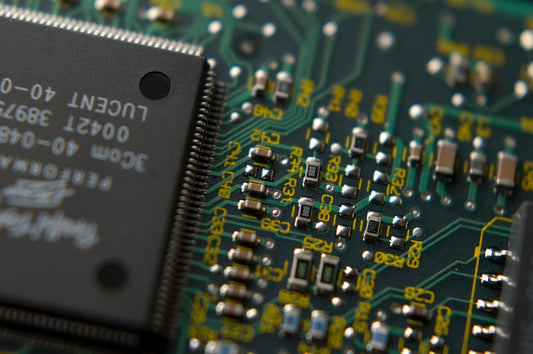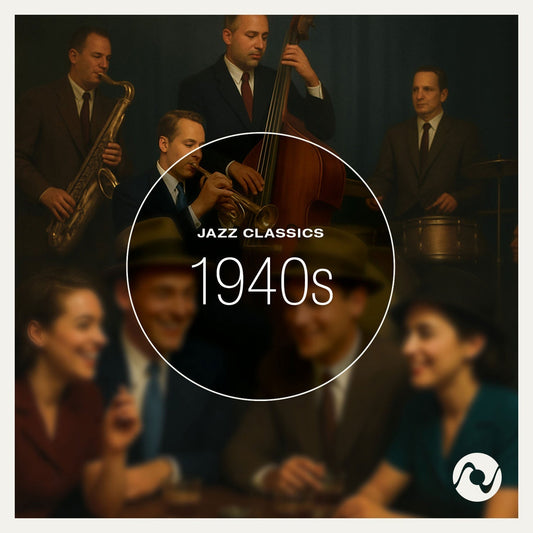Class discrimination
by Paul McGowan
Class discrimination in society is prejudice and discrimination based on a social setting. Class discrimination in amplifiers contains the same discriminatory elements but based, instead, on a few facts and a lot of opinions—some valid, some not.
We believe that class A amplifiers are sweet and without grain or harshness. Class AB less so—depending on their class A-ness—and other classes of amplifiers (not based on bias)—like D and H—which are distant thirds.
Before we get rockin' on how valid these long-held opinions are, let's remind ourselves what these references to amplifier biasing mean (in very broad terms).
Class B. Rarely used anymore. This highly efficient arrangement consumes the least amount of idle power. If there is no signal present on the input of the amplifier, no power is consumed and no heat is generated. The downside is high distortion.
Class AB. The standard for power amplifiers. This medium-efficiency arrangement consumes enough power when it's idling to keep distortion low. If there is no signal present on the input of the amplifier, a minimal amount of idle current is expended to keep distortion low and everything turned on. The amount of this idle current varies greatly from design to design. The downside is a matter of opinion.
Class A. Rarely used anymore. The highly inefficient arrangement consumes a great deal of power when it is idling and is at its most efficient when the output signal is loudest. If there is no signal present on the input of the amplifier, an idle current equal to the amount of maximum power output is consumed. The downside is high heat and power consumption.
Tomorrow we'll see how popular opinions about the second two biasing schemes stack up.
- Choosing a selection results in a full page refresh.
- Opens in a new window.








